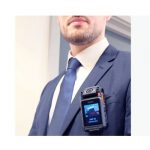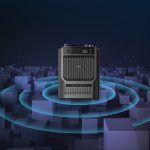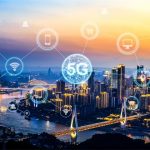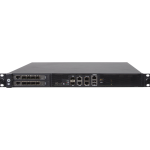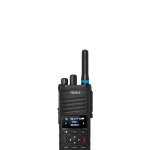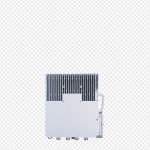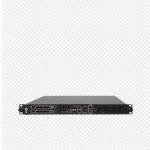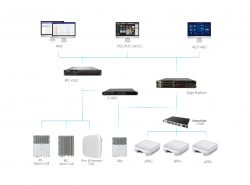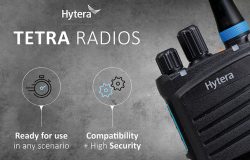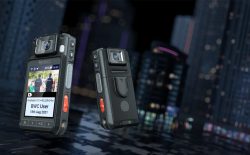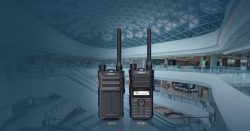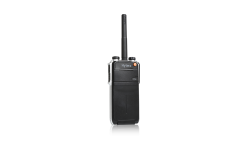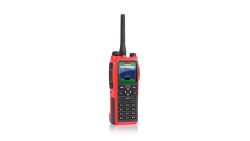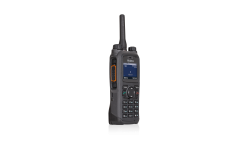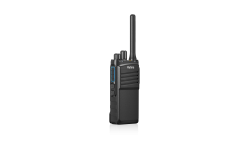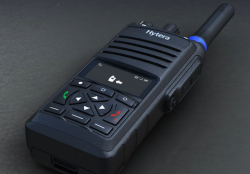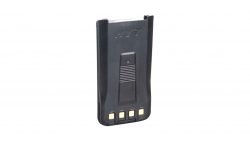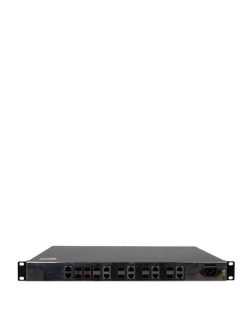What is Push-To-Talk?
Push-To-Talk (PTT) is a communication method that helps teams or organizations communicate efficiently and collaborate closely. When people press a button on a communication terminal, a voice can be sent to one or more people. The user presses and holds the button, hears a beep, starts talking, and then lets go to listen. Historically, Push-To-Talk communication was voice-only, and traditional Push-To-Talk solutions include two-way radios (invented in the 1940s) that require users to purchase and set up network equipment and apply for operating licenses themselves.
As society progresses, PTT includes more. Push-To-Talk has evolved to Push-To-X – the “X” can also be video, multimedia, files, status, text, or location information. Cellular systems have adopted the PTT concept to provide Push-To-Talk over Cellular (PoC) services. PoC provides two-way radio services over 3G and LTE/5G technologies, creating a global radio network that leverages the cellular infrastructure of mobile network operators, which allows radio networks to have very wide coverage, making radio users immune to range limitations of repeaters and base stations used in traditional radio networks.
How does Push-To-Talk Work?
Push-To-Talk (PTT) communications allow users to have a communication or conversation on half-duplex communication lines, including two-way radios, through the momentary button switch from voice receive mode to transmit mode. Users communicate bidirectionally but not simultaneously during voice transmission, i.e., users take turns speaking and listening through PTT button switching. The PTT button locates on the radio, or the accessories, like remote speaker microphone, or Ring PTT. A PTT footswitch can also be used, or it can be combined with a boom microphone or a headset with an integrated microphone for heavy radio users.
Why do Industries Use Push-To-Talk?
Industries that rely on Push-To-Talk communications include transportation, security, defense and intelligence, hospitality, facilities services, retail, manufacturing, logistics, aerospace, mining, energy, and more. Push-To-Talk (PTT) is an ideal communication method because it is easy to activate, one person can reach a group of people with a single button press, which enables quick, efficient communication confined to a predefined group of people who need to hear the whole conversation. For special industry users, PTT communications help to largely avoid injury, death, property damage, loss of business revenue, brand damage, or increased costs. Because PTT can quickly coordinate resources, reduce communication costs and time costs, and quickly respond to tasks when time is tight.


